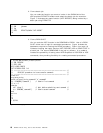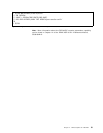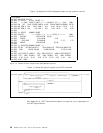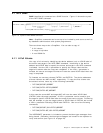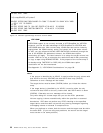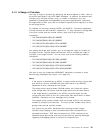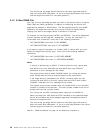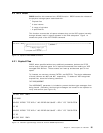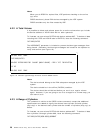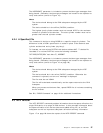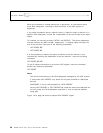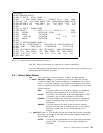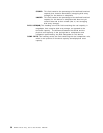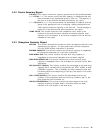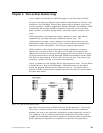
Notes:
When you do DDSR for expired files, VSE performs checking on the online
(up) units.
DDSR checks only those RVA devices managed by the VSE system.
DDSR considers only the files created by VSE.
4.2.2 A Total Volume
It is possible to delete and release space for an entire volume when you include
the device address or VOLID label with no other operands.
To illustrate, we use volume PATEV3 with device address 80F. To delete all data
including the VTOC and VOLID label of PATEV3, issue the following command:
IXFP DDSR,PATEV3
The NOPROMPT parameter is included to prevent decision-type messages from
being issued. Otherwise, decision-type messages are issued for the operator to
verify and confirm (see Figure 16).
AR 0015 1I40I READY
IXFP DDSR,PATEV3
AR+0015 IXFP29D DDSR FOR CUU=80F (WHOLE VOLUME) - REPLY ′ YES′ FOR DELETION
15 YES
AR 0015 1I40I READY
Figure 16. Decision-Type Message Issued to Confirm DDSR Volume
Notes:
The device should belong to the RVA subsystem managed by the VSE
system.
The device should be in the offline (DVCDN) condition.
The device should be reinitialized before you use it as a regular volume
again. However, if you are going to use it as a target for a volume snap, you
can leave it as is.
4.2.3 A Range of Cylinders
This command is similar to the DDSR volume command, except that additional
specifications are added to signify the decimal start cylinder and end cylinder
(dcyl-dcyl) or the decimal start cylinder and the number of cylinders (dcyl,ncyl) to
delete.
To illustrate, we use volume PATEV3 with device address 80F. To delete all data
from cylinders 0 through cylinder 999, issue the following command:
IXFP DDSR,PATEV3(0000-0999),NOPROMPT
26 RAMAC Virtual Array, Peer-to Peer Remote VSE/ESA



